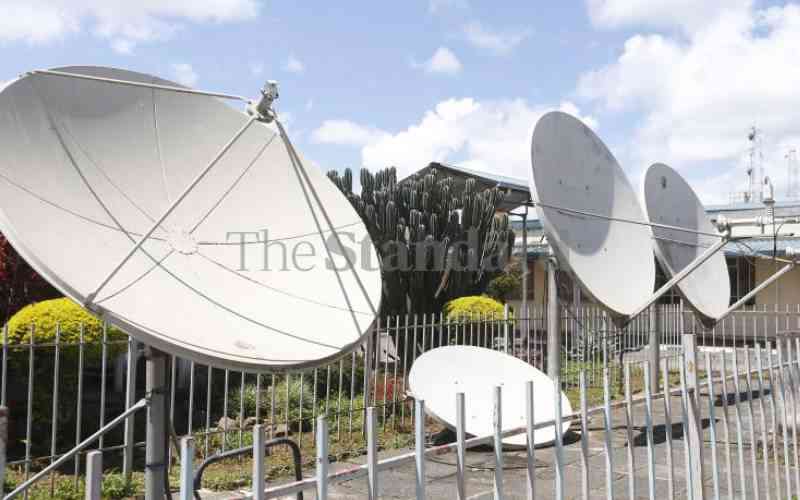×
The Standard e-Paper
Stay Informed, Even Offline

The climate crisis is increasing the frequency and intensity of floods, droughts and heatwaves, with Africa expected to be among the global regions hit hardest.
Yet the systems and technologies across the continent that monitor and forecast weather events and changes to water levels are "missing, outmoded or malfunctioning" - leaving African populations even more exposed to climate change.